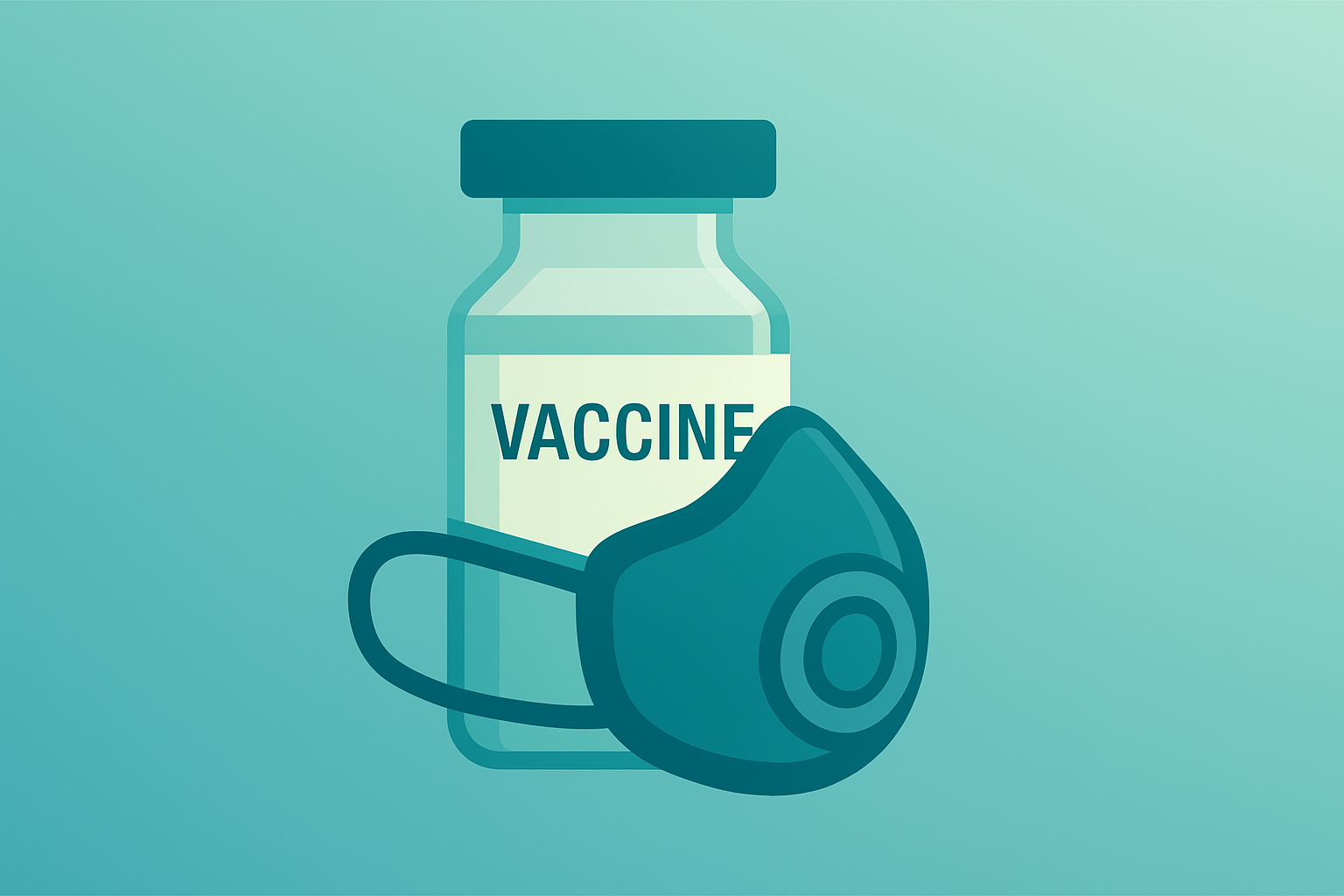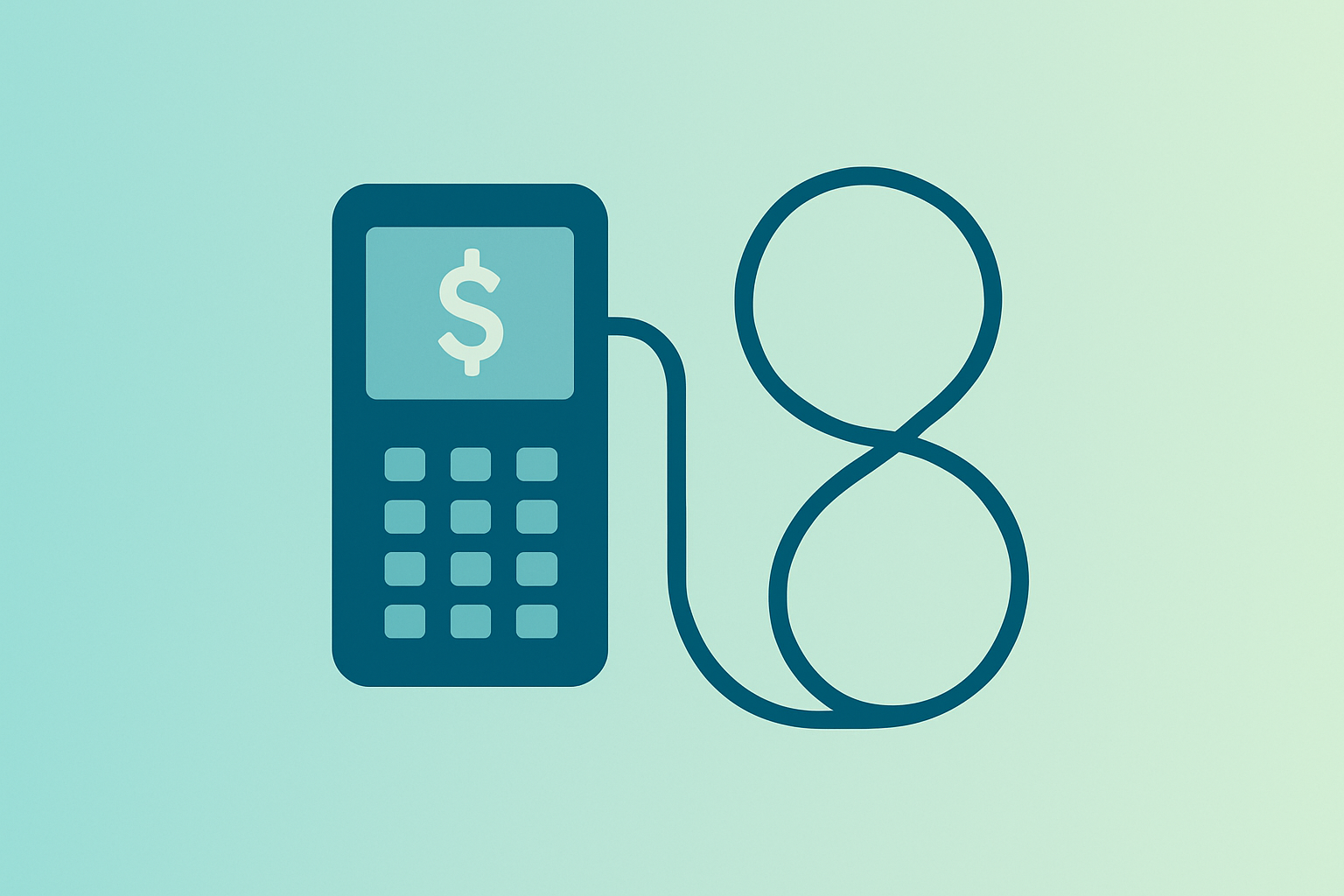U.S.-Switzerland Trade Deal Lowers Tariffs
U.S.-Switzerland trade deal eases pressure on Swiss watch and pharmaceutical exporters and reduces a near-term sales and pricing headwind for traders.

KEY TAKEAWAYS
- U.S. cut tariffs on Swiss goods from 39% to 15% on Nov. 14, 2025.
- Swiss exports to the U.S. fell 14% in the three months to September 2025.
- Switzerland agreed to quotas for duty-free U.S. imports, limiting free access in exchange for tariff relief.
HIGH POTENTIAL TRADES SENT DIRECTLY TO YOUR INBOX
Add your email to receive our free daily newsletter. No spam, unsubscribe anytime.
The U.S.-Switzerland trade deal reached on November 14, 2025, reduced U.S. tariffs on Swiss goods and is expected to ease pressure on Swiss watch and pharmaceutical exports. Switzerland agreed to quotas for duty-free U.S. imports as part of the agreement.
Tariff Reduction and Export Impact
The United States cut tariffs on Swiss goods from 39% to 15%, reversing the highest rate it had applied to any developed country. The 39% tariff was imposed in August 2025 and contributed to a 14% decline in Swiss exports to the U.S. in the three months ending September 2025. The deal covers key sectors including watches, pharmaceuticals, and gold refining. The U.S. is the largest single-country market for Swiss watch exports, accounting for about 20% of shipments, making the tariff rollback a direct relief for exporters.
Swiss business leaders, including executives from Rolex, Richemont, and Partners Group, engaged in recent talks with U.S. officials as the dispute moved toward resolution. Swiss Minister of Economic Affairs Guy Parmelan met with U.S. Trade Representative Jamieson Greer in Washington on November 13, accelerating negotiations before the agreement.
Quotas and Implementation
Switzerland committed to implementing quotas for duty-free U.S. imports, which is the principal trade-off in the deal. That tariff rate is expected to remain in place for the foreseeable future, contingent on Switzerland’s compliance with the quotas. Swiss officials described the quotas as a way to balance open access for U.S. goods with protections for sensitive domestic sectors.
Swiss officials and industry leaders expect the agreement to ease the cost shock that had hit exporters, particularly in watches and pharmaceuticals, and to reduce pricing pressures and sales softness caused by the earlier tariffs. The accord aligns Swiss tariff levels with those applied to other advanced economies, including Japan and the European Union, and is anticipated to provide significant relief to firms in the luxury and pharmaceutical sectors that faced months of uncertainty.
The deal removes a major barrier that had shifted trade flows while preserving Swiss controls over duty-free access through quotas. For exporters reliant on the American market, the change should blunt a significant headwind and help stabilize revenue and pricing in key sectors.





